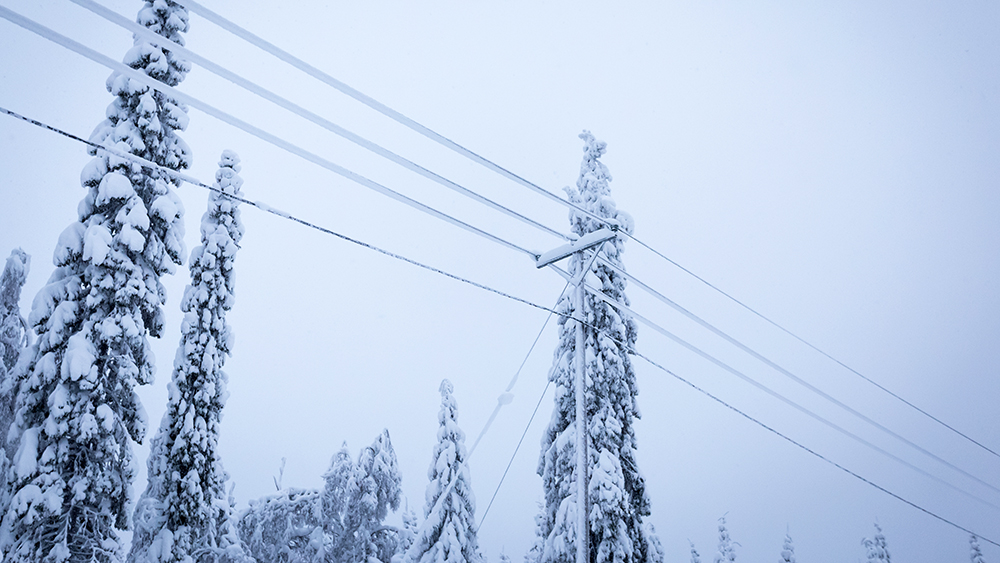Government issues decree on critical electricity consumers

The Government has issued a decree that lays down provisions on classification of critical electricity consumers during disruptions, power shortages and crises. Grid operators must update their preparedness plans in accordance with the decree.
The government decree on critical electricity consumers will secure in a more harmonised manner the functions necessary for the nation’s leadership and security during disruptions, electricity shortages and emergency conditions. The aim is to minimise the harmful effects of a possible electricity shortage or disruption and to help the society function in all circumstances.
The decree will enter into force on 9 December 2022.
Grid operators must update the list of critical electricity consumers in their preparedness plans
Under the Electricity Market Act, each transmission grid operator must prepare a preparedness plan and determine how and in which order electricity is restored to customers in the event of an incident.
The decree lays down provisions on a more specific classification of electricity consumers in the preparedness plans of grid operators. Grid operators must update the list of critical electricity consumers within one month of the entry into force of the decree.
In addition to critical electricity consumers, grid operators must also determine the order of priority of other electricity consumers during disruptions, electricity shortages and emergency conditions. Other consumers must be classified into at least three categories in order of priority in the next update of the preparedness plan.
All organisations responsible for preparing for power cuts
Electricity consumers have a key responsibility to prepare for power cuts. Disruptions in electricity supply may be caused by a failure of the power grid, external disruptions, such as a storm, or damage, e.g. a broken electric cable.
Even though an electricity consumer is defined as critical does not mean that their electricity supply could not be cut in certain situations. Such consumers are therefore also responsible for preparing for possible outages. Electricity consumers must plan their activities and arrange for necessary backup power.
Critical electricity consumers laid down in the decree
The number of critical electricity consumers must be kept to a minimum. If the number of critical electricity consumers is too high, grid operators cannot prevent power cuts among these critical consumers and the classification loses its significance.
According to the decree, critical electricity consumers include:
- key facilities of water supply services that have special significance for health or environmental protection,
- control rooms of the main grid owner, electricity distribution network operators and electricity producers necessary for the continuity or restoration of uninterrupted electricity supply,
- power stations, important electricity storages, electricity generation plants and communications networks used by them,
- transmission network facilities required for uninterrupted supply of gas,
- solid fuel heating plants of district heating production in cities and urban settlements and other key heating plants, pumping stations and control rooms,
- class 1 dams under the Dam Safety Act and class 2 dams for which a dam break hazard analysis has been prepared by decision of the dam safety authority,
- key international border crossing points in air traffic pursuant to the decree on airports,
- key control rooms for land, sea, rail and air traffic of the maritime rescue co-ordination centre and bodies providing traffic control and management and air navigation services as well as the main sites of the electric rail network and metro transport services,
- police and rescue departments, National Bureau of Investigation, National Police Board,
- emergency response centres, hospitals and 24-hour health and social services units as well as institutions and housing service units that use life-saving equipment,
- main office of Blood Transfusion Service,
- ports essential for foreign trade and security of supply,
- prisons and detention centres,
- base stations for radio communications by the authorities and data centres related to communications by the authorities, key sites of other public communications networks as well as radio masts used by the Finnish Broadcasting Company for the transmission of radio and television broadcasts,
- central government authorities necessary for the nation’s leadership, key facilities of national defence and Finnish Customs, as well as municipal command centres, evacuation centres and substitute facilities for them.
Inquiries:
Tatu Pahkala, Senior Adviser, Ministry of Economic Affairs and Employment, tel. +358 295 064 217
Elina Hautakangas, Senior Specialist, Ministry of Economic Affairs and Employment, tel. +358 295 047 116
Press release 02 November 2022: The proposal on defining critical electricity consumers sent out for consultation (in Finnish)
